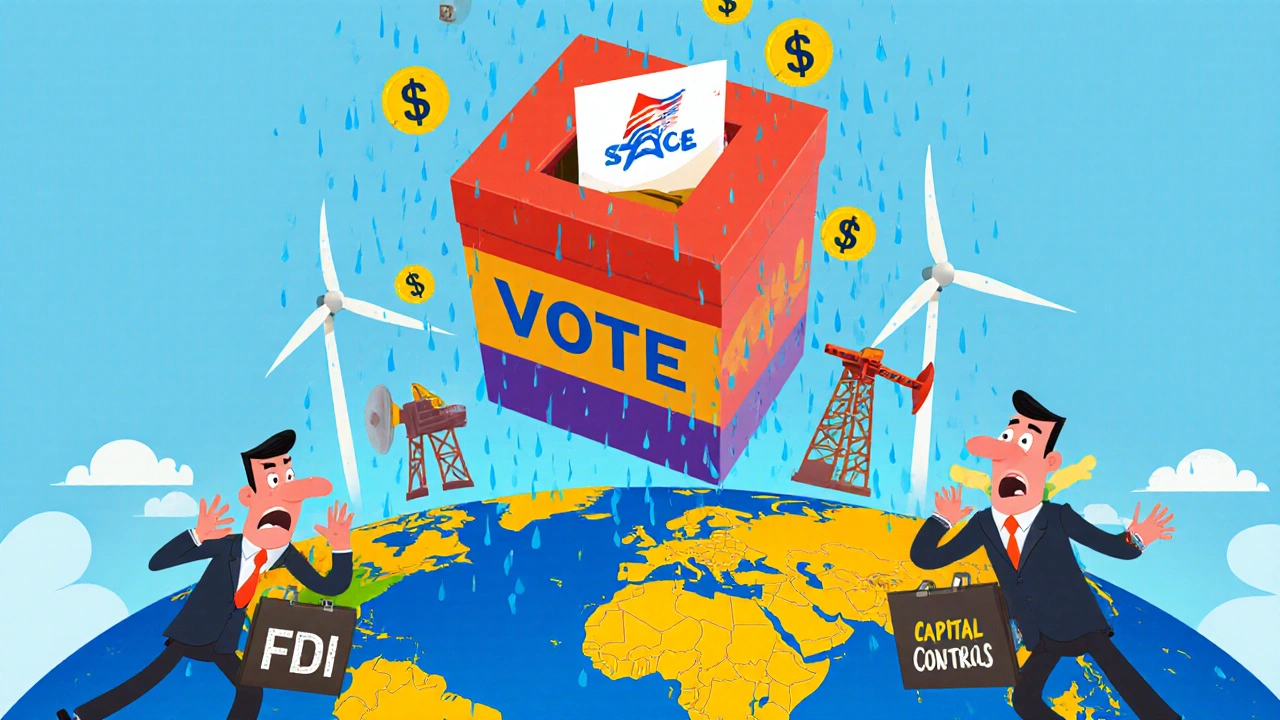International Investing: How to Build a Global Portfolio with Confidence
When you think about international investing, the practice of buying stocks, bonds, or funds in countries outside your own to grow wealth and reduce risk. Also known as global investing, it’s not just about chasing higher returns—it’s about building a portfolio that doesn’t collapse when one economy stumbles. Most people keep all their money at home, but that’s like driving with only one tire. The U.S. market makes up less than half of the world’s total value. If you’re only investing in American companies, you’re missing out on the biggest growth stories happening right now—in India’s tech startups, Vietnam’s manufacturing boom, or Nigeria’s mobile finance revolution.
Emerging markets, countries with rapidly growing economies and expanding middle classes, like Brazil, Indonesia, and Egypt, often offer the highest long-term returns—but they also come with more volatility. That’s where frontier markets, smaller, less developed economies like Ghana, Bangladesh, or Uruguay that are just starting to open up to foreign investors come in. These aren’t for everyone, but they can be powerful tools if you know how to use them. You don’t need to pick individual stocks in these places. Most investors start with low-cost ETFs that track entire regions, like the iShares MSCI Emerging Markets ETF or similar funds focused on Asia or Latin America. These give you instant diversification without needing to understand local tax laws or language.
What ties all these ideas together? international investing isn’t about timing the market or picking the next big winner. It’s about spreading your risk across different economies, currencies, and industries. If the U.S. dollar drops, your holdings in euros or yen might rise. If tech stocks tank in Silicon Valley, manufacturing growth in Southeast Asia could keep your portfolio steady. That’s the real power. You’ll find posts here that show you how to set up a brokerage account that lets you trade globally, how to avoid common mistakes like overpaying in fees, and how to handle currency risk without turning it into a full-time job. You’ll also see how REITs in industrial warehouses or residential buildings abroad can generate steady income, and how tools like portfolio reviews and rebalancing help you stay on track without constant stress.
This isn’t a guide for Wall Street insiders. It’s for anyone who wants to build something lasting—whether you’re starting with $50 or have been investing for years. The posts below give you the real, no-fluff steps: how to begin, what to watch out for, and how to keep your strategy simple. No jargon. No hype. Just what works.

Political Regime Risk: How Elections and Policy Shifts Abroad Impact Your International Investments
Elections and policy shifts abroad are now major drivers of investment risk. Learn how political instability affects global markets, which sectors are most vulnerable, and what steps you can take to protect your international investments in 2025.